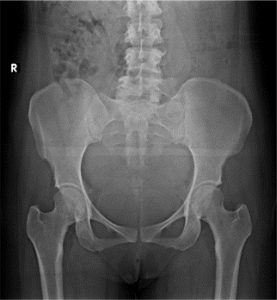
ABSTRACT
Background: Lumbosacral Transitional Vertebrae (LSTV) is one the common spinal anomalies encountered in patients with low backache. The aetiology of back pain is idiopathic, however low back ache causes substantial loss of productivity. LSTVs include various types such as Lumbarization, Sacralization, and the vertebrae with morphology such as complete fusion to the broadened transverse process. Low back pain associated with LSTV is due to anomalous articulation or may arise from the level above the transition, the contralateral facet when unilateral. Hence, the present study is planned to assess the prevalence of subtypes of LSTV in patients with low back aches and to determine the association of the different subtypes of LSTV with low back pain in a South Indian population. Materials and Methods: In this study, data was collected from 1000 patients of both sex in the age group of 15 to 90 years with complaints of low back ache attending the outpatient department of Orthopaedics of Saveetha Medical College, Chennai. The patients were sent to the Department of Radiology where radiographic images of the lumbar spine, anteroposterior view, and transverse view were taken. The patients were clinically and radiologically assessed and documented. Results: Out of the 1000 patients with complaints of low back ache, the incidence was more common in females (51.5%), than in males (48.5%). 155 patients in the study population showed imaging features of LSTV in which 24 (15.5%) showed Castellvi type I, 88 (56.7%) showed Castellvi type II, 18 (11.6%) had Castellvi type Type III and 25 (16.1%) showed Castellvi type IV. Out of these patients, type IA was observed in 13.1% and type IB in 2.5%. Maximum exhibited Castellvi type II in which type IIA was 22.2% and type IIB was 34.5%. Among Castellvi type III, 6.4% exhibited type IIIA, 5.2% type IIIB and 16.1% showed Castellvi type IV. Conclusion: Our study shows the association of LSTV type II with low back pain with more prevalence of low back pain noted in females. Therefore, LSTV should be considered part of the differential diagnosis of back pain, especially in cases of refractory pain.
